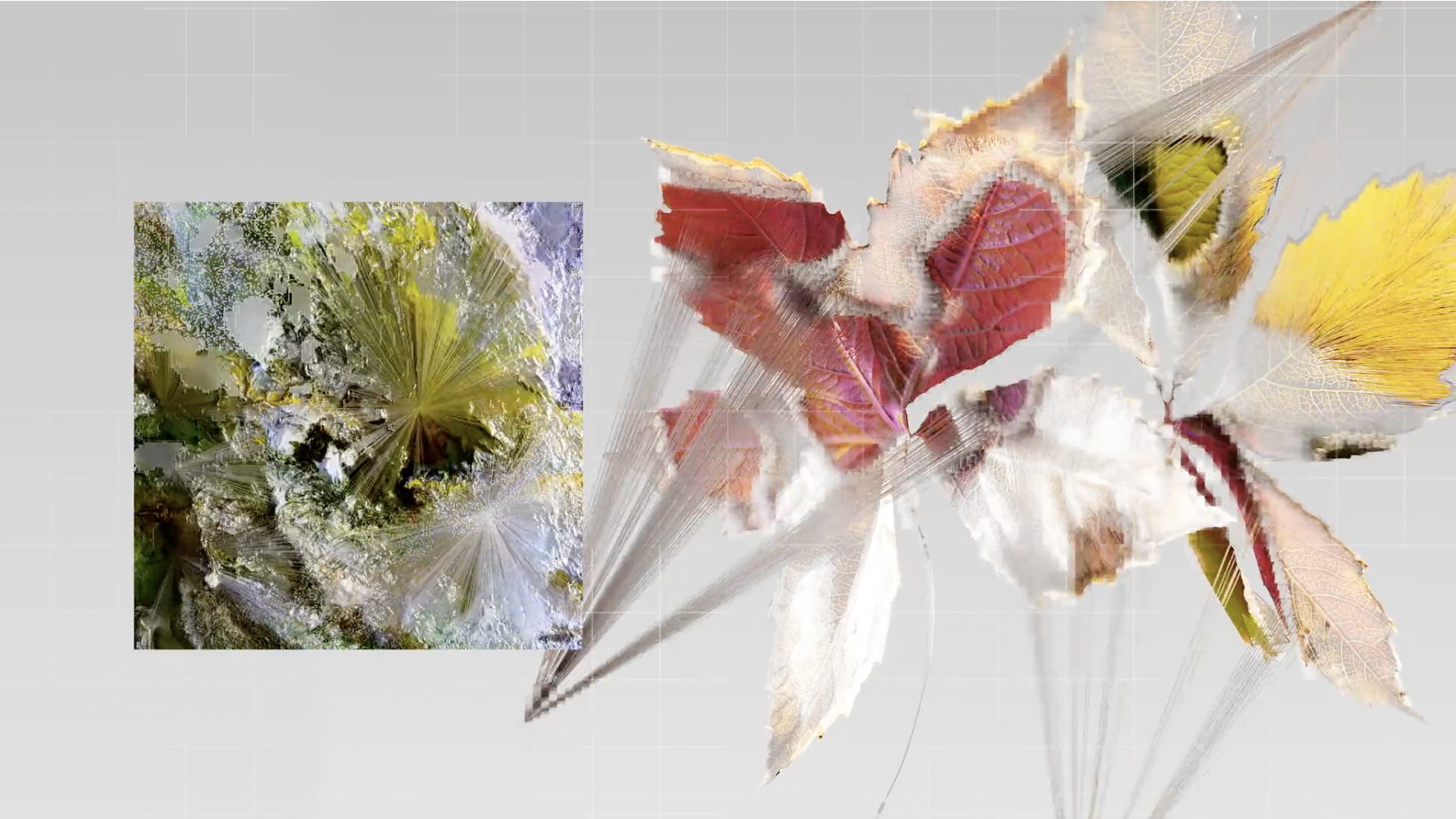Top Graphic Design Trends for 2025 in Luxury Branding
Luxury branding evolves with time, balancing timeless elegance with modern innovation. In 2025, high-end brands are redefining sophistication through cutting-edge design trends that merge technology, sustainability, and artistry. Whether you’re refreshing your brand or launching a new venture, staying on top of it with these timeless ‘trends’ will ensure your brand remains exclusive and relevant.
01. Bold, Yet Understated Typography
Luxury branding in 2025 embraces a paradox—bold yet refined typography. Custom serif fonts with sharp edges, elongated letterforms, and high-contrast strokes are gaining traction, creating a sophisticated yet contemporary feel. Brands are moving away from overused fonts, opting for exclusive, tailor-made typefaces that enhance their identity.
Example: Think of brands like Bulgari or Tom Ford, where typography alone conveys luxury.
TYPOGRAPHY TRENDS
Bespoke high-contrast serif fonts
Ultra-thin sans-serifs for minimal luxury
Playful, artistic ligatures for bespoke elegance
02. Rich, Earthy, and Muted Color Palettes
While timeless monochrome will always have its place, luxury brands in 2025 are embracing warm neutrals, deep jewel tones, and muted metallics. Even Pantone’s Color Of The Year, Mocha Mousse highlights the calming nature of natural tones. These palettes evoke richness and authenticity while maintaining sophistication.
Example: Luxury skincare and fashion brands like Aesop and Bottega Veneta use natural tones to exude effortless elegance.
COLOR TRENDS
Deep browns, warm taupes, and sand tones
Muted metallics like champagne gold and brushed silver
Monochromatic gradients for subtle depth
LOEWE’s wordmark
Warm, glowing gradient for Camber
03. Minimalism with a Maximalist Twist
Minimalism remains a cornerstone of luxury branding, but in 2025, we’ll see "quiet luxury" take center stage—subtle designs with unexpected bold elements, such as oversized logos, artistic details, or high-contrast typography. This trend keeps brands elegant while allowing for a statement moment.
Example: Jacquemus and LOEWE blend clean layouts with bold focal points like oversized serif type and larger-than-life artful campaigns
KEY ELEMENTS
Large, striking typography paired with negative space
Understated layouts with a single bold design element
A balance of symmetry and asymmetry for intrigue
04. Digital Meets Tactile: Textured Design Elements
Luxury brands are integrating digital textures that mimic real-life materials—embossed lettering, subtle grain, soft gradients, and metallic sheens—bringing a sense of depth to digital branding. This is especially seen in web and social media design, where subtle textures elevate brand storytelling.
Example: Chanel’s digital campaigns mimic the tactile feel of their couture craftsmanship.
TEXTURE TRENDS
Soft noise and grain overlays for depth
Digital printed foil effects, spot inks, and embossed typography
Semi-transparent paper stocks
Subtle 3D elements for website and packaging
05. AI-Enhanced, Yet Artisan Branding
AI-generated designs are streamlining creative processes, but high-end brands are blending technology with handcrafted aesthetics. Brands are leveraging AI to refine typography and layout while maintaining the human touch in illustrations, calligraphy, and hand-painted patterns.
Example: Dior’s fusion of digital and hand-drawn artistry in recent campaigns.
DESIGN INNOVATIONS
AI-assisted font refinement with organic imperfections
Handcrafted patterns applied digitally
Personalized branding elements for exclusivity
XK Studio: Artificial General Intelligence
06. Statement Logos & Iconography
Luxury brands are moving away from overly simplified logos and bringing back iconic, timeless wordmarks with refined detailing as people have responded negatively to the “minimalization” of many high-end brands. Expect to see more monograms, abstract icons, and emblems that tell a brand’s heritage story while staying contemporary.
Example: The evolution of Gucci’s logo—sometimes minimalist, sometimes decorative, always luxurious.
LOGO TRENDS
Custom monograms or heritage-inspired crests
Refined, elongated serif wordmarks
Simple yet bold iconography
7. Cinematic & Immersive Web Design
Luxury websites in 2025 will feel more like immersive experiences, using high-quality videography, dynamic scrolling effects, and interactive elements. Brands are crafting visually engaging digital spaces that mimic the exclusivity of an in-store experience.
Example: Balenciaga’s website integrates smooth transitions and storytelling through visuals.
WEB DESIGN TRENDS
Cinematic homepage videos
Interactive storytelling with scroll-based animations
Elegant micro-interactions for an exclusive feel











